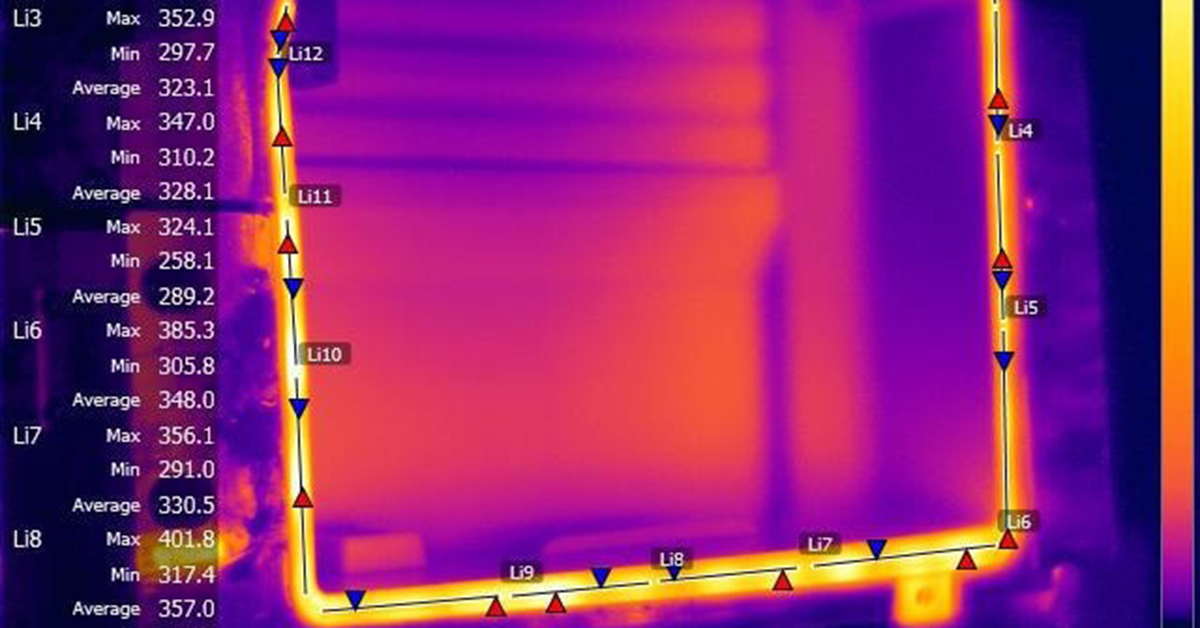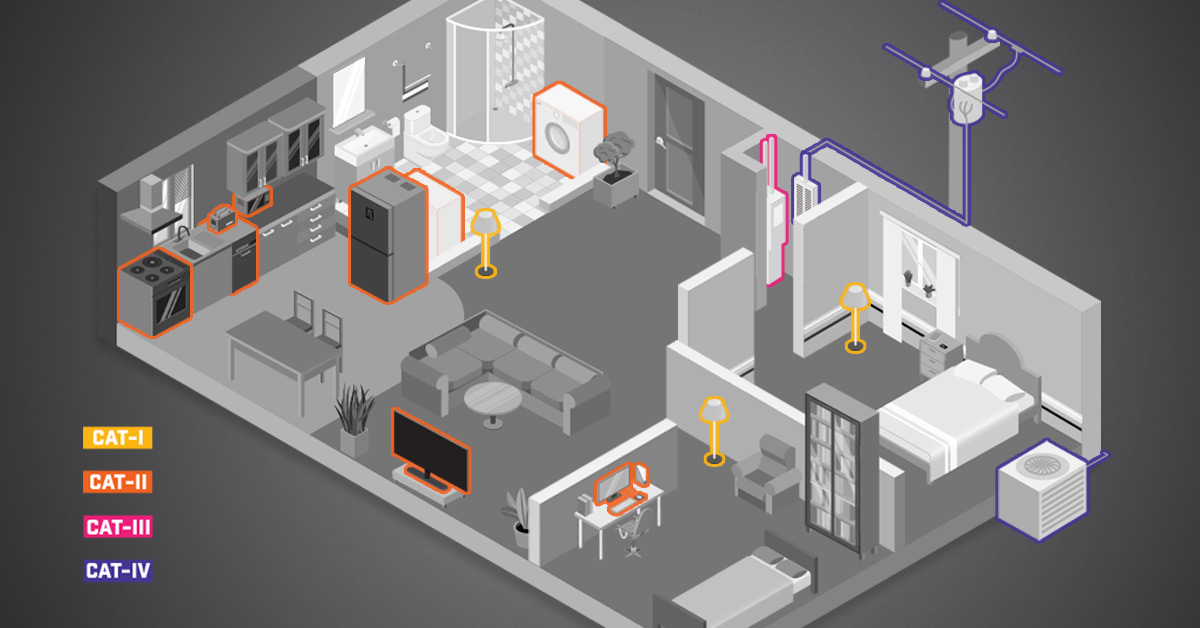Compact Thermal Imaging Camera from FLIR Continuously Monitors Packaging Quality
Presentation and delivery are critical parts of product quality. Recochem, a Canada-based manufacturer and distributor of chemical products and fluids understands this all too well. That’s why the company is using thermal imaging to continuously monitor the quality of its package sealing.
Recochem is a Canadian owned, privately held company with a global reputation for quality products and outstanding customer service. Recochem’s Americas Division is a producer, formulator, contract packager and wholesale distributor of household chemical products and automotive fluids from five locations in Canada.

Packaging and product quality
“Packaging is something that is really important in terms of product quality and safety,” says Adam Wolszczan, Plant Engineering Manager at Recochem. “Our windshield fluid products come in jugs, which in turn are put in cardboard boxes. The integrity of these cartons that overwrap and protect our products must be maintained at all time.”
One of the most cost-effective ways of sealing cartons is to use hot melt adhesive on the carton flaps. However, in the online process, the glue can sometimes be applied inaccurately or inadequately. That is why Recochem needed a solution to allow them to inspect whether the glue had been applied or not, and whether it was applied on the right position.
Quality inspection
“In the past, the carton integrity was determined by periodically taking boxes from the production line and destroying them for further inspecting,” says Adam Wolszczan. “This was not only very time-consuming, it was also quite expensive.”
In their search of an efficient glue monitoring solution, Recochem decided to try a single-spot IR sensor. “Because the glue is heated, we can use temperature information to inspect the glue spots,” says Adam Wolszczan. “However, we did not manage to install IR sensors in a position in which they could look at the bottom carton flaps. Also, the IR sensor was only able to look at the applied glue on the open flaps.


Thermal imaging seeing through cardboard
Recochem’s quest for an effective monitoring solution finally reached a breakthrough with thermal imaging. “I already knew thermal imaging as a technology,” says Adam Wolszczan. “The company has a contractor for roof maintenance and inspection of our electrical panels, and so I knew that the technology can be used effectively to search for moisture, missing insulation and much more. I purchased a FLIR TG165 thermal imaging camera to see whether the technology could be fit for our purpose. And that appeared to be the case indeed!”
Adam Wolszczan used the TG165 to have a look at some of the boxes that come off the production line and the camera clearly showed him where the hot glue spots were located. What’s more, the FLIR TG165 thermal imaging camera was able to “see” through the cardboard and check the pattern and size of the applied hot melt adhesive. This meant that it was no longer necessary to destroy the boxes for inspection. It convinced Adam Wolszczan that thermal imaging technology was the path to be followed: “We contacted FLIR Systems and found a suitable solution with the FLIR AX8 thermal imaging sensor. The AX8 is very affordable and very compact: just what we needed for our application.”
Compact and easy to install
The AX8 camera is now set up to look at predefined areas of the flaps where glue should be applied, and verify spot sizes and their temperatures. Thanks to its compact size, the AX8 thermal imaging sensor can be installed in such a way that it can look at the bottom of the box. And since the AX8 can see the heat through the carton, it is no longer needed to destroy any more boxes for inspection. The acquired video images can be viewed by an operator on a dedicated screen.

“If you look at the AX8 thermal images, then you clearly see the hotter spots where the glue has been applied. Whenever a glue gun is delayed, you see a position shift of the hot spots, so you instantly know when something is wrong. It’s very straightforward and very effective.”
Improved product quality
“The big advantage is that thermal imaging now allows us to spot quality problem much faster and more efficiently,” says Adam Wolszczan. “The thermal image is very convenient for our operator, whereas a single-spot IR sensor just gives you an on/off switch as the box moves along the sensor without any further information.”
“We are not only able to offer a better product to our customers; we also save a lot of time. If you consider that previously, our operators needed to destroy a box every 10 to 15 minutes for further inspection, and if you know that our production line is operational five days a week, for a good portion of the year, then you realize the amount of time and money we save is very significant.”


